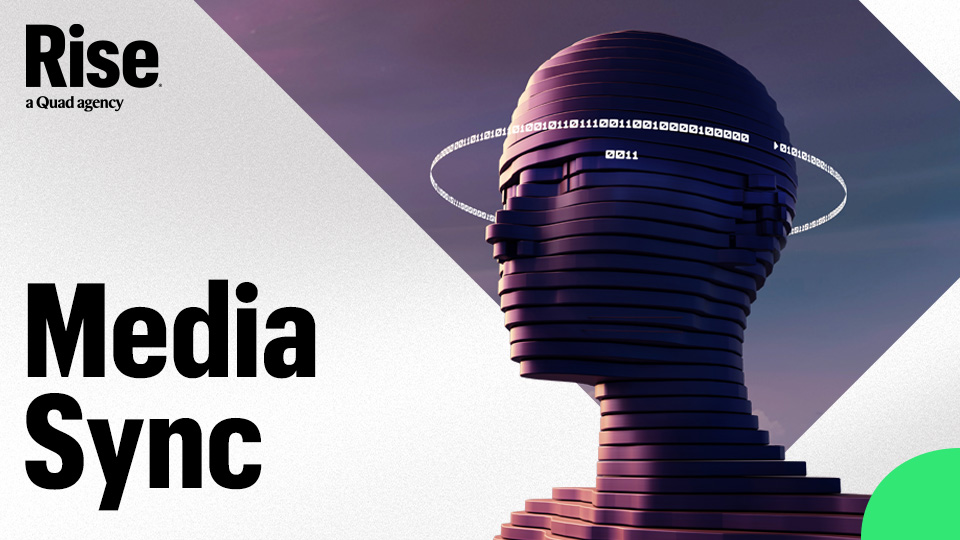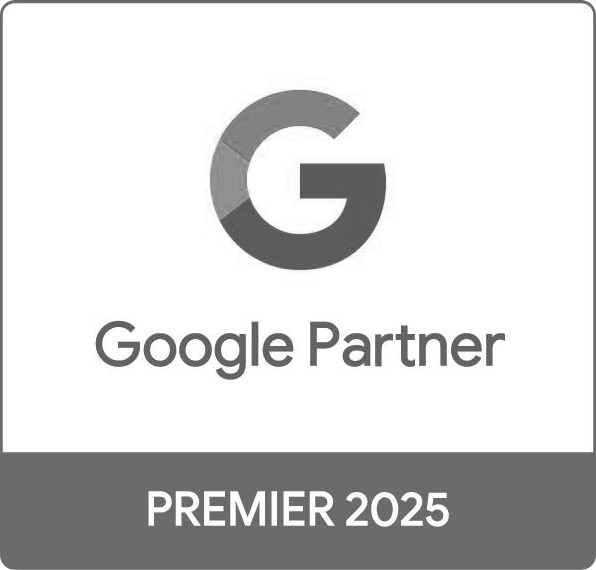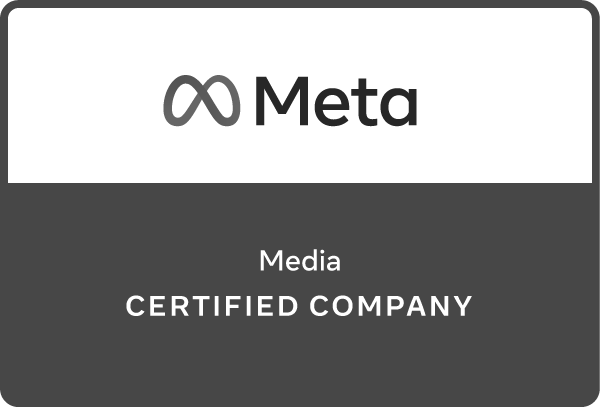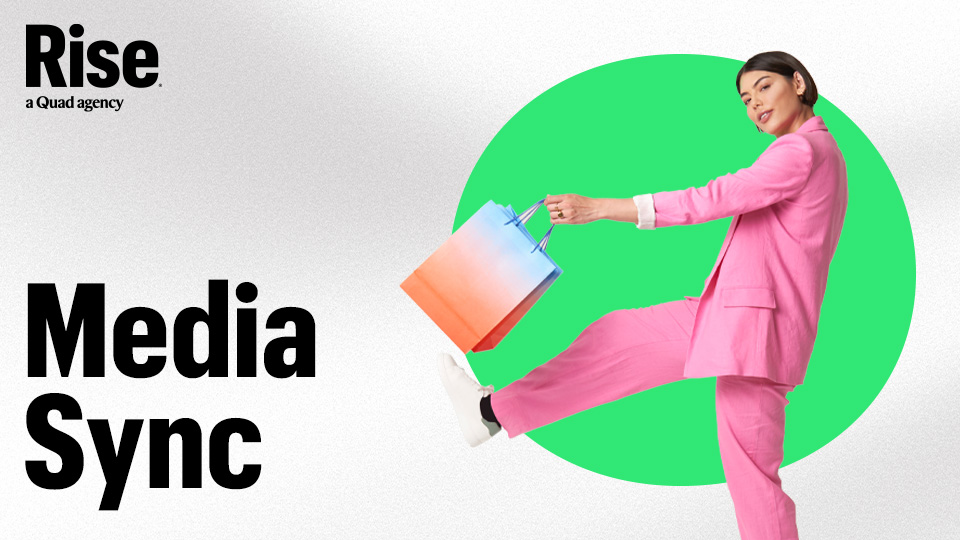
Rise Media Sync summarizes media and platform news of interest to marketers. Here are five key developments the Rise team is monitoring:
1. Google Ads rolls out generative AI creative control
What’s happening: The Asset Studio beta, which adds built-in AI creative tools to Google Ads, is now live.
What we know:
- Asset Studio allows marketers to produce and scale ad-ready creative using generative AI directly within Google Ads, reducing the need for third-party AI tools.
- The new tool includes key generative AI features including text-to-image generation, bulk editing, video trimming, voiceover for video/audio and more.
- The launch underscores Google Ads’ ongoing pivot from a media-buying platform to a creative production space.
Early indications and perspective: For advertisers, Asset Studio could speed up creative testing and scaling, especially in Performance Max campaigns, where creative variety often fuels performance. The move could also pressure external creative vendors while giving Google more control over the advertiser workflow. Media agencies will need to evaluate whether Google-produced creatives will meet the standards that brands demand.
2. Amazon and Macy’s test retail media integration
What’s happening: As part of a new partnership, Amazon Retail Ads Service and Macy’s Media Network are set to launch a beta integration later this year.
What we know:
- The partnership allows Amazon advertisers to run Macy’s Sponsored Products campaigns through Amazon Ads’ console and APIs.
- Macy’s retains control over ad placements and formats, with infrastructure powered by AWS for security and data separation.
- The integration beta is expected to go live in Q4.
Early indications and perspective: This represents a major expansion of Amazon’s strategy to license its ad tech as a third-party service. For Macy’s, the move provides access to Amazon’s targeting and measurement tools (without ceding brand control), strengthening its media network’s market position for the holiday shopping season.
3. Best Buy launches Best Buy Marketplace
What’s happening: Best Buy has expanded its e-commerce site and app to include third-party sellers, adding more than 20 new product categories, many of them outside consumer electronics.
What we know:
- Best Buy Marketplace features more than 500 sellers, including Martha Stewart, Crock-Pot, Fanatics and Yamaha.
- Customers can return items in-store across 900 U.S. Best Buy locations, leveraging the chain’s brick-and-mortar network.
- The move doubles as an advertising play, feeding Best Buy Ads with new inventory.
Early indications and perspective: Best Buy is positioning itself as a selective ad platform, prioritizing curation and brand trust to differentiate from Amazon’s scale and Walmart’s breadth. For advertisers, the marketplace creates cleaner environments for sponsored listings and campaigns, with reduced reputational risk. The biggest value-add may be first-party data expansion with new insights into categories such as toys, home goods and fitness, broadening audience targeting beyond electronics.
4. Samsung introduces new interactive CTV ads
What’s happening: Samsung Ads has debuted a new format for U.S. and Canadian advertisers, allowing viewers to engage with mini games during commercial breaks.
What we know:
- The interactive format, called GameBreaks, makes passive ads on Samsung’s TV Plus streaming service into playable games.
- The first game, “The Six,” offers advertisers customizable trivia experiences with branded content and storytelling elements.
- Samsung claims that performance data indicates a 98% completion rate, with a 53% lift in brand recall (compared to standard video ads).
Early indications and perspective: Samsung is positioning interactive gaming as a solution to declining CTV ad engagement and viewer tolerance for passive interruptions. This format could prove especially valuable for entertainment, consumer goods and tech brands seeking upper-funnel engagement. As CTV inventory becomes increasingly commoditized, formats such as GameBreaks offer differentiation and premium placement opportunities for Samsung and advertisers looking for unique creative execution.
5. ChatGPT increases reliance on Reddit and Wikipedia
Summary: Referral traffic from ChatGPT to websites appears to have declined dramatically since July, as chatbot citations have shifted to favor a small number of dominant sites.
What we know:
- The data comes from Profound’s Josh Blyskal, who analyzed more than 1 billion ChatGPT citations and 1 million referral visits across industries.
- Blyskal’s analysis indicates that three domains (Wikipedia, Reddit, TechRadar) have grown by a combined 53%, now accounting for 22% of all citations.
- This shift began prior to the launch of the new GPT-5 model, suggesting that OpenAI has been manually reweighting its retrieval system toward answer-first platforms.
Early indications and perspective: Brands that rely on conversion-focused landing pages may see diminished returns as answer-first platforms such as Reddit and Wikipedia win by default. Content strategies must shift toward providing direct, utility-driven answers to capture attention within AI-driven search. As OpenAI continues testing, the competitive advantage will favor brands that adapt quickly to answer-first optimization.
Other media/platform news we’re watching:
If you made it this far, here’s a fun fact: In 1972, during NASA’s last mission to the moon, astronaut Eugene Cernan wrote his daughter’s initials on the lunar surface; because there’s no wind or weather, his inscription (“TDC”) is still there in the dirt.



